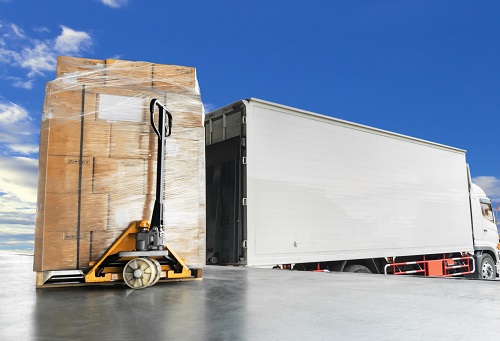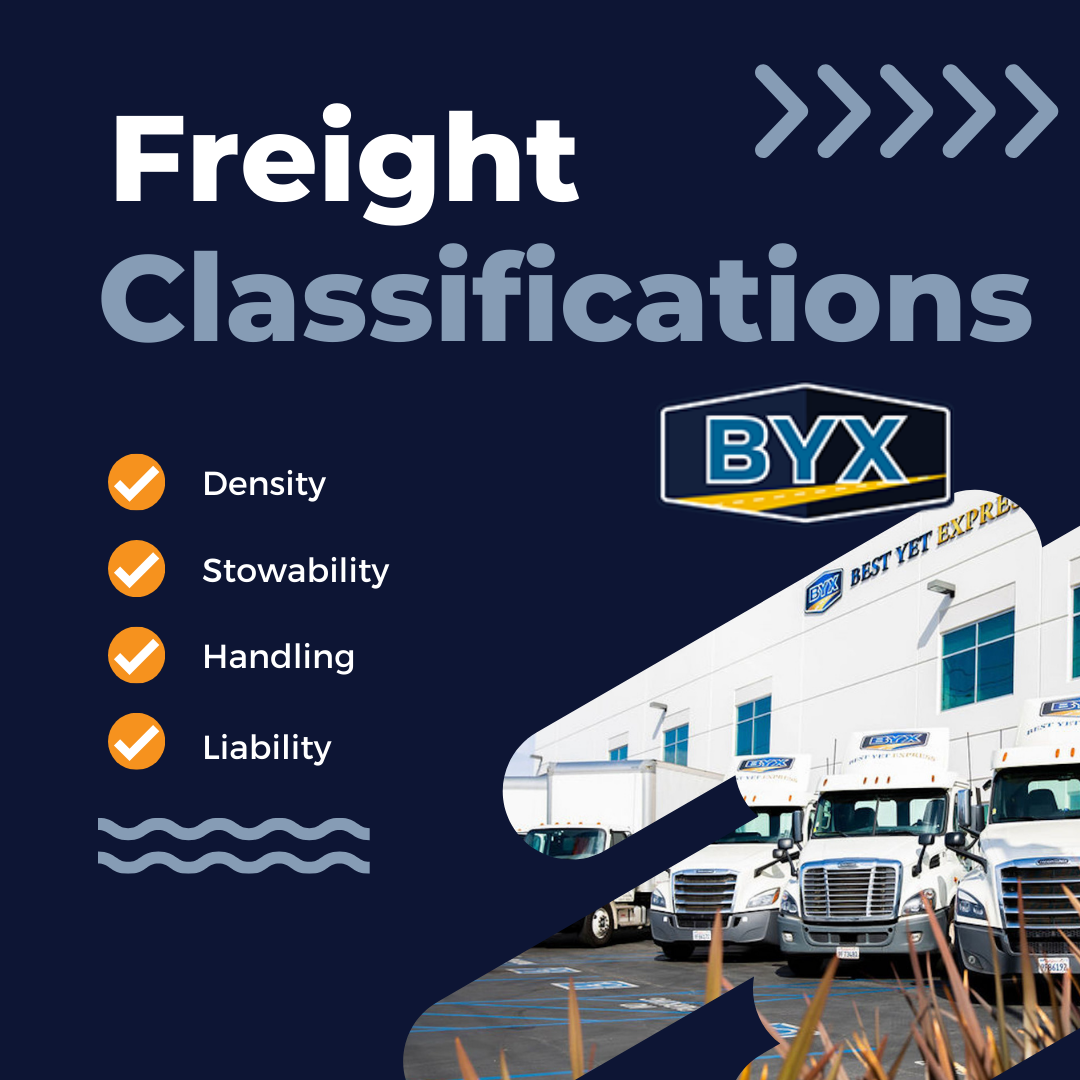Cross-docking is a strategy that boosts speed and productivity for logistics companies. When executed correctly, it increases efficiency and expedites delivery so that clients achieve their goals more effectively. It’s how a good logistics company provides their customers with the ultimate in flexibility and reliable cargo delivery.
What is Cross-Docking
Cross-docking is the practice of unloading freight from an incoming truck to another vehicle with little to no storage time. For example, it can involve transferring products from an incoming truck to an outbound vehicle via a distribution docking terminal. The process minimizes time spent in the terminal, which advances the supply chain for certain products while minimizing effort and costs.
Benefits of Cross-Docking
There are several benefits of this strategy—starting with reduced costs. Since there is no need for products to be put away and warehoused, an entire step is eliminated. This reduction in handling translates to less labor costs and can minimize the risk of inventory being damaged or lost. Since the cargo doesn’t need to be stored, there are no warehousing costs.
Cross-docking also provides for a single site to sort, screen or combine products. It offers an excellent solution for producers who want to split or combine products coming or going from different locations. It also allows the opportunity to switch the type of truck used for delivery.
For many customers, the greatest benefit is expedited delivery time—they can get their cargo when they want it! Since the truck travels directly from its production source to the customer, travel time is significantly reduced.
Ideal Freight
Some cargo is a better fit for cross-docking than others. Items that are ideal include perishable or temperature-controlled freight that require immediate shipping, such as food items. Many retail chains opt for cross-docking services when shipping pre-tagged, pre-packaged products that are ready for sale and staples with consistent demand levels. Other ideal products include high-quality items that do not require quality inspections, new launches and promotional items.
Since this strategy can be complex, it’s critical for freight companies to employ a reliable inventory control system and and properly train warehouse employees on all cross-docking procedures.
Click here to learn how our logistics company provides cross-docking services as a way to expedite delivery and keep our customers satisfied.







